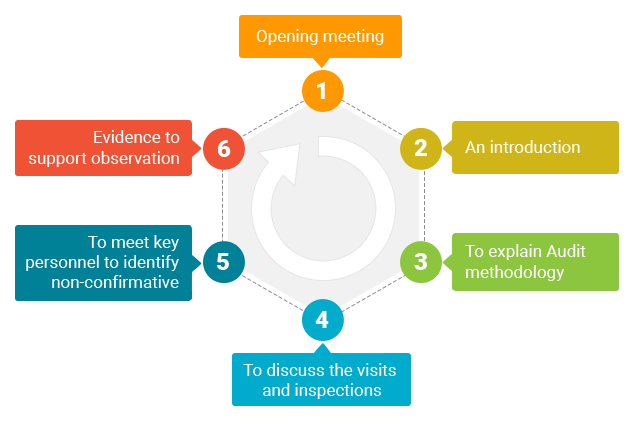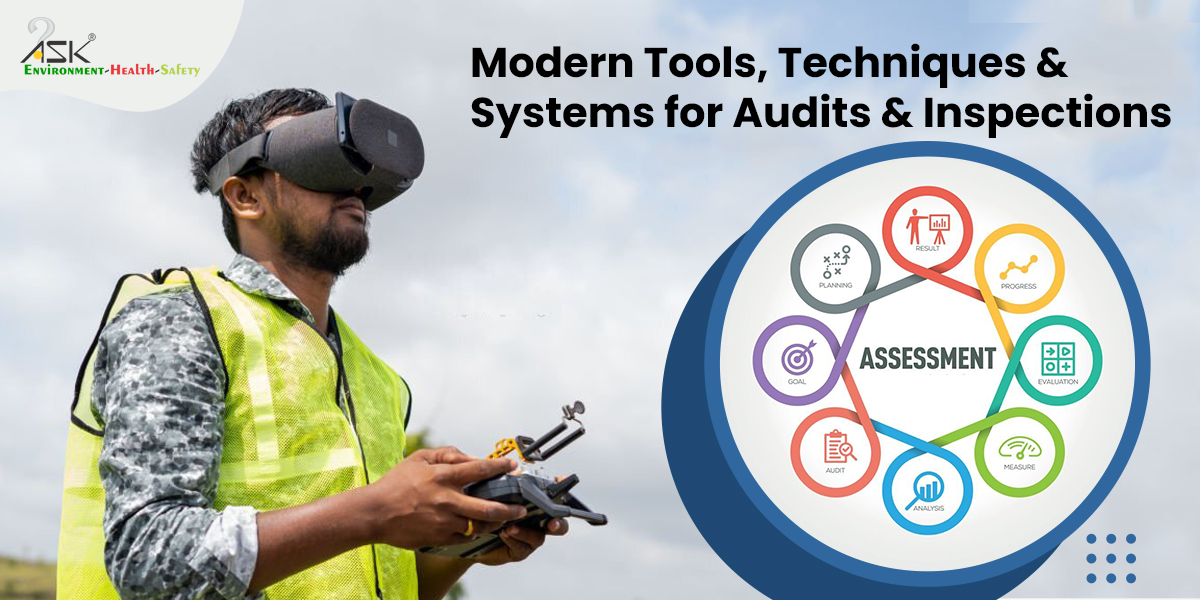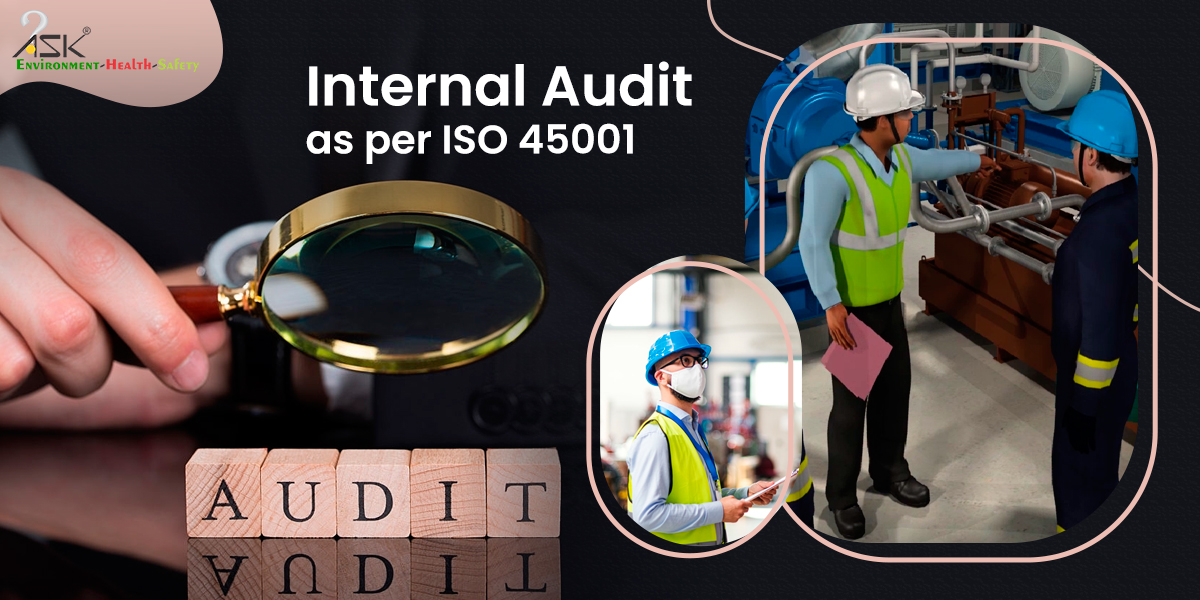Audit Process for EHS Management Systems

EHS Audit is an independent and systematic risk-based thinking, with a definite audit program, plan, and a checklist.
Objectives & benefits of Audit Process
- To establish and implement an EHS (Environment, Health, and Safety) Policy and Objectives
- To determine the EHS (Environment, Health, and Safety) risks associated with its activities and hazards to eliminate them
- To provide standardization and consistent approach for implementation to maintain the continual improvement of ongoing maintenance of an EHS (Environment, Health, and Safety) management system
- To establish uniformity in implementation and documentation
- To avoid duplication of implementation efforts
- To optimize scheduled time, efforts, available resources
- Process of EHS (Environment, Health, and Safety) audit makes managing multiple management systems easier
An Audit Process starts with

![]()
Guidelines for the Audit Process
- Understand the scope of the audit, know about Audit terms and normal references
- Follow principles of the audit process, maintain integrity, show professional care, and do a fair presentation
- Maintain confidentiality
- Be independent in approach collect evidence
- Establish the audit programme objectives, determine, implement, evaluate objectives and monitor audit programme risks and opportunities
- Review and improve the audit process
- Initiate the audit process and prepare audit activities
- Understand auditor competence requirements. Establish auditor’s evaluation process, select the suitable evaluation method
- Maintain and improve auditor competence personal behaviour, Knowledge, and skills
- Maintain and improve auditor competence personal behaviour, Knowledge, and skills.
- Determine the boundaries, the external and internal issues of the HSE (Environment, Health, and Safety) management system
- Keep a note of planned work-related activities

![]()
HSE (Environment, Health, and Safety) Policy includes
- A commitment to provide a safe and healthy work environment to prevent work-related injury and ill-health.
- The specific nature of risks and opportunities, the size, purpose, and context of the organization.
- A framework for setting HSE (Environment, Health, and Safety) objectives.
- A leadership commitment to fulfill statutory and legal requirements.
- A commitment to reduce HSE risk and eliminate hazards.
- A commitment for continual improvement of the HSE management system.
- A commitment for participation and consultation of workers.
Leadership and Commitment from the Organization Perspective
Establish and evaluate the commitment of top management concerning the EHS (Environment, Health, and Safety) management system. Establish the provision of safe and healthy work area activities. The measures they take for overall responsibility and accountability to reduce work-related injury and ill health.
Ensure that the HSE (Environment, Health, and Safety) policy and related objectives are in place for the HSE (Environment, Health, and Safety) management system. Objectives to be compatible with the strategic direction of the organization.
Integrate the HSE (Environment, Health, and Safety) management system requirements to suit the organization’s business processes.
Ensure that HSE (Environment, Health, and Safety) management system resources are available.
Establish the importance of effective HSE (Environment, Health, and Safety) management and confirm its requirements.
Ensure that the HSE (Environment, Health, and Safety) management system achieves its intended outcomes.
EHS (Environment, Health, and Safety) management system directs and supports workers to contribute to the effectiveness of the system. Ensure and promote continual improvement.
Support other responsible management roles to demonstrate leadership commitments.
Promote such a culture in an organization that supports, develops, and leads to get the intended outcomes of the HSE (Environment, Health, and Safety) management system.
Leadership commitment protects workers while reporting incidents, hazards, risks, and opportunities.
Establish and implement a process consultation and participation of workers in the organization.
Support the existence and function of the HSE (Environment, Health, and Safety) Committee.
HSE (Environment, Health, and Safety) Policy is established, implemented and maintained by top management.
The audit team ensures the availability of policy as documented information, communicated within the organization and it should be made available to interested parties.
The Audit Process verifies the role, responsibilities, and authorities within the HSE (Environment, Health, and Safety) management system. It is also to verify whether it is being understood and communicated at all levels within the organization. It is also verified that role and responsibility and control of HSE (Environment, Health, and Safety) management are owned by workers.
Our auditors at ASK-EHS also audit the facility’s conformity to the management standards, including the ISO 14001 and OHSAS 18001.
We also advise our clients on appropriate improvements to their audit processes. Our reports typically identify the root causes of non-compliance or other deficiencies, priorities-issues according to the greatest risk and potential for harm to our client, clearly explain the regulatory requirements that are not fully complied with and recommend areas for improvement. We also keep the eye open for innovations that might serve as models for others within the client organization.


